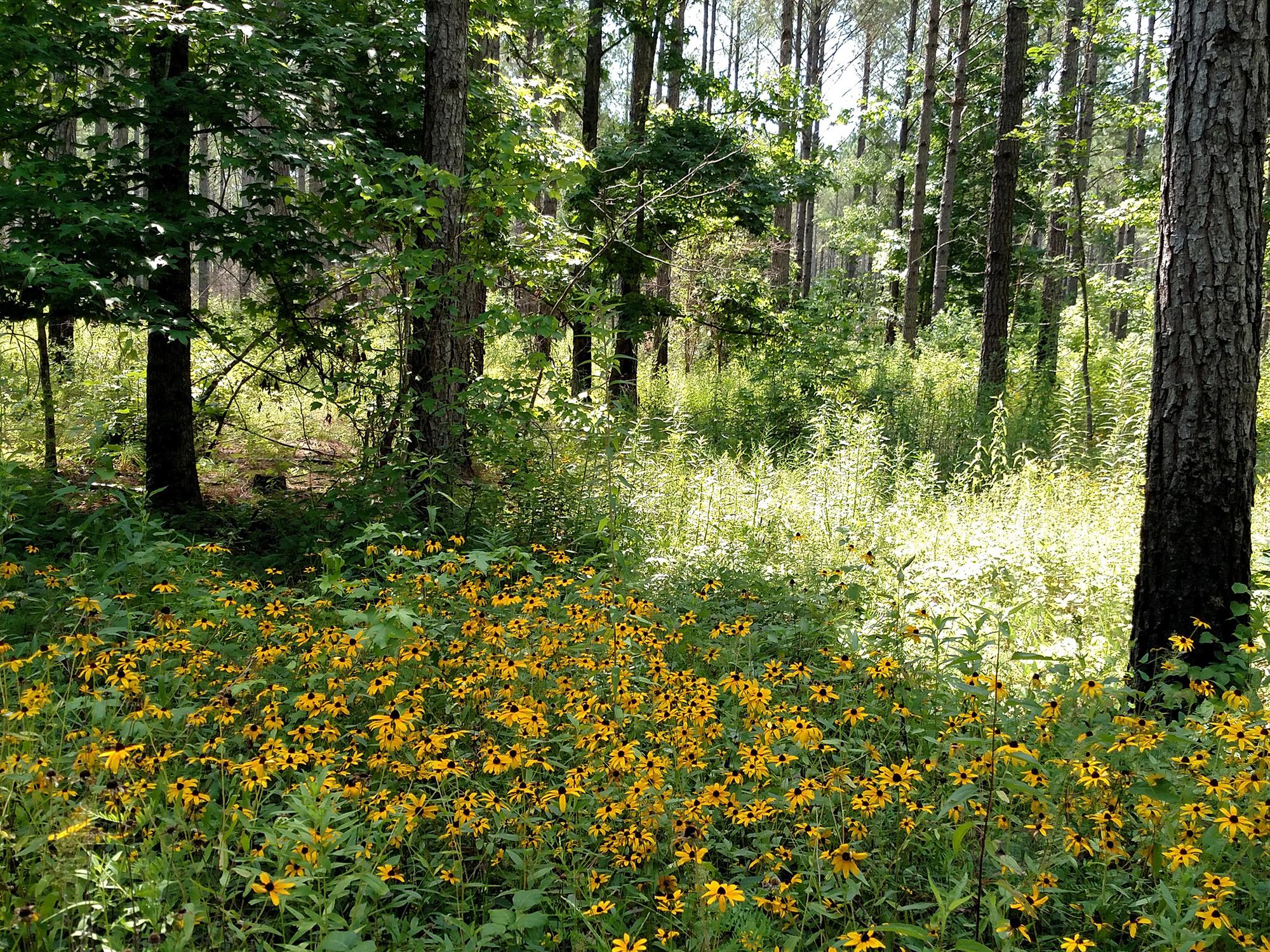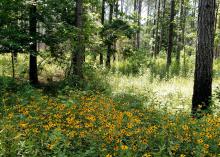Information Possibly Outdated
The information presented on this page was originally released on June 15, 2018. It may not be outdated, but please search our site for more current information. If you plan to quote or reference this information in a publication, please check with the Extension specialist or author before proceeding.
Consider food, but don’t neglect cover
STARKVILLE, Miss. -- People often ask what they can plant to improve wildlife numbers on their property. Before seeking advice on what to plant, the first question should be, “Is food a limiting factor?”
Most often, Mother Nature has provided all the food wildlife need, assuming animals are provided the proper habitat. Still, there is an ecological principle at work called Liebig’s Law of the Minimum. Justus von Liebig, a German scientist in the 1800s, applied this concept to agriculture. It implies that plant growth is not explained by the most abundant nutrient but rather by the scarcest nutrient. In other words, it doesn’t matter if there is abundant nitrogen when there is limited phosphorus. The plant will grow only to the level supported by the phosphorus.
In wildlife management, the concept of “limiting factors” is one of the first issues students learn. A wildlife population can grow only to the level provided by the limiting factor.
Ground-nesting birds like bobwhite quail or wild turkey, for example, can have all the food needed for a thriving population, but if they don’t have nesting cover, the population can never grow beyond this limitation. If property has enough food for 500 birds but only enough nesting cover for 10 birds, that will be the upper limit of the population.
Of course, white-tailed deer populations can often be limited by quality food. But next time you are in a jet flying over the seemingly endless fields of corn and soybeans (deer food) in the Midwest, notice that there is little cover for deer. Deer in the rare patches of cover will be very healthy (big bodies and antlers), but the limited cover keeps the population relatively low.
While wildlife biologists can always suggest options of forages to plant, this may be an answer in search of the right question.
For quail, turkey and sometimes deer, every unit of time and money may be better spent investing in cover rather than food. To manage for cover, consider how nature provides cover for wildlife. Weather events like tornadoes and hurricanes level a forest, and sunlight once again reaches the ground. In subsequent years, broadleaf plants, grasses and shrubs will flourish.
If left alone, these areas eventually grow into forests again, but lightning strikes cause them to burn, and the cycle starts over. Abundant herbaceous plants provide food and cover that support populations of quail, turkey and deer. If these areas don’t burn, they will grow back into a forest, and the quail, turkey and deer populations will fall back to minimum levels.
When thinking about planting something for wildlife this summer or fall, consider the law of the minimum and limiting factors. Your time and money may be better served investing in cover.

Editor’s Note: Extension Outdoors is a column authored by several different experts in the Mississippi State University Extension Service.





